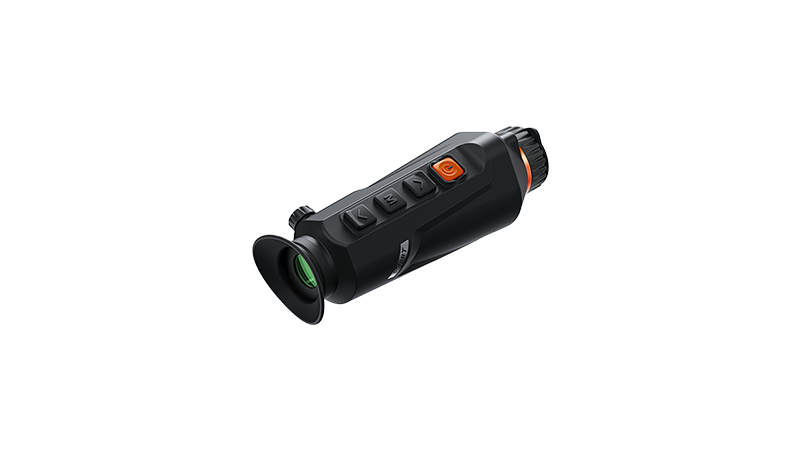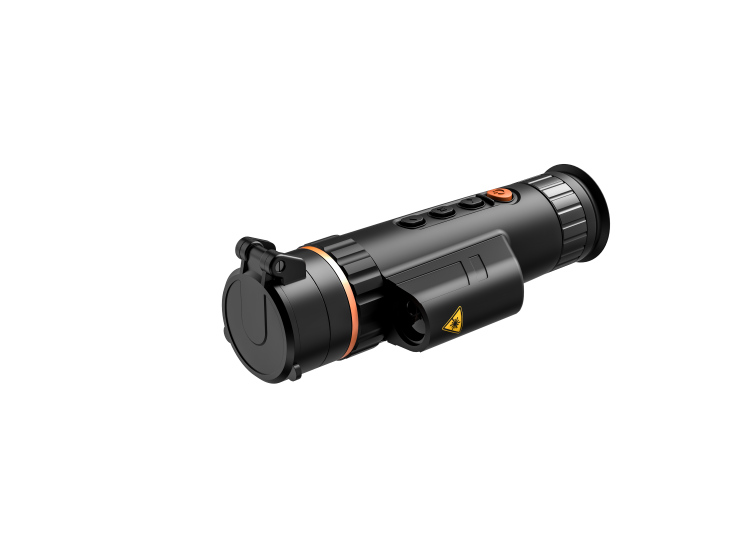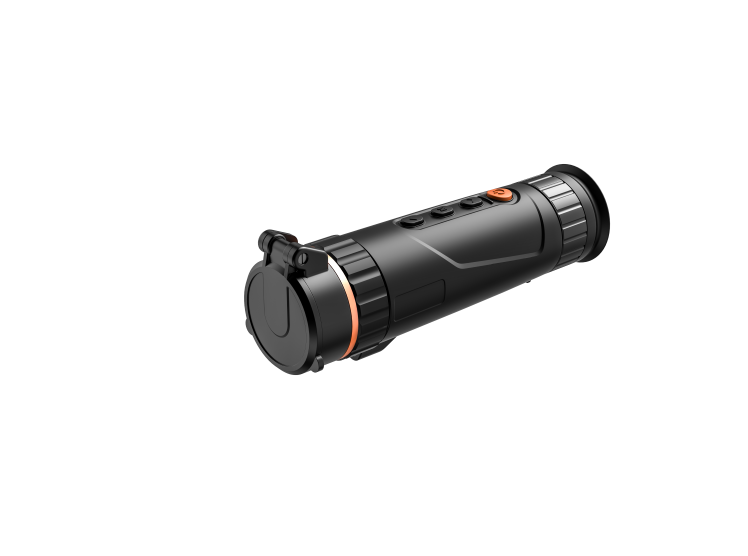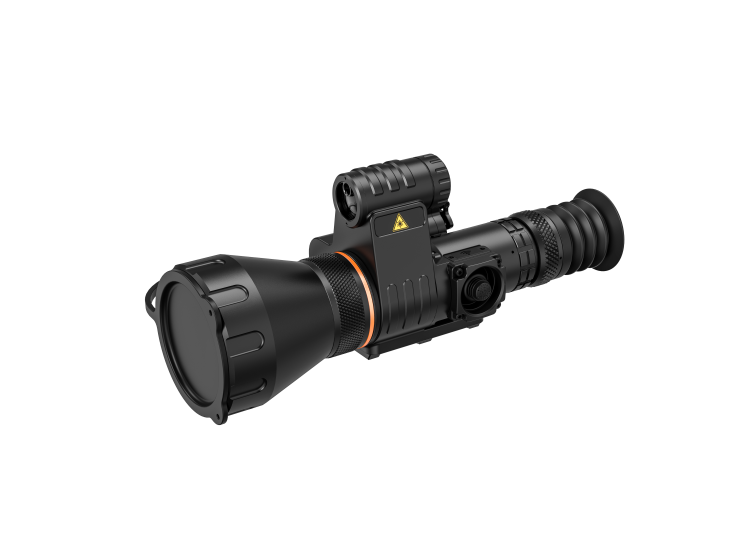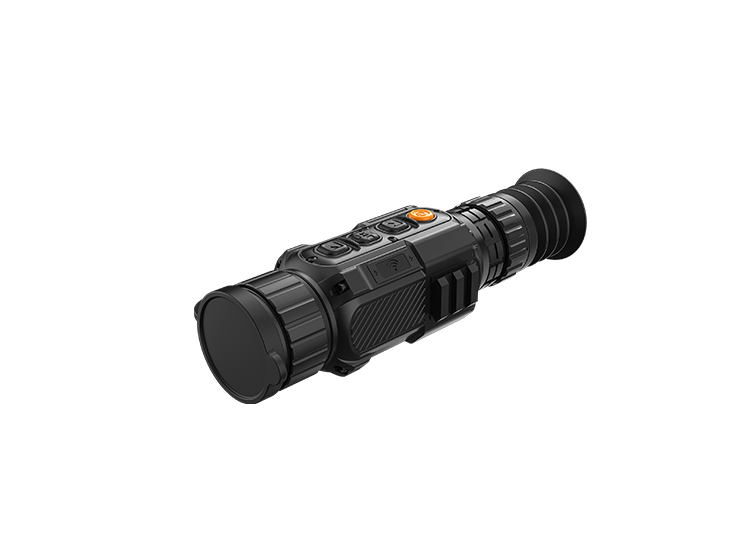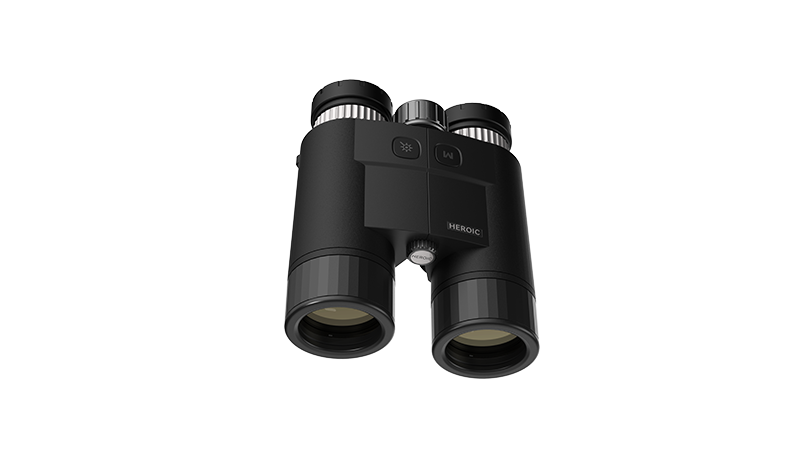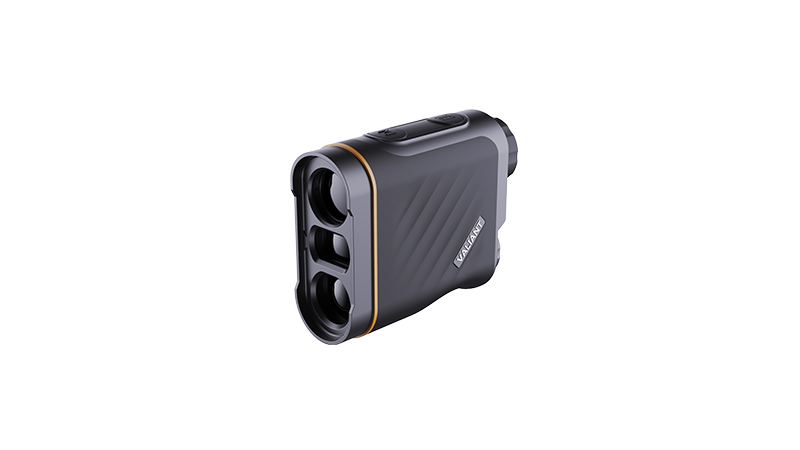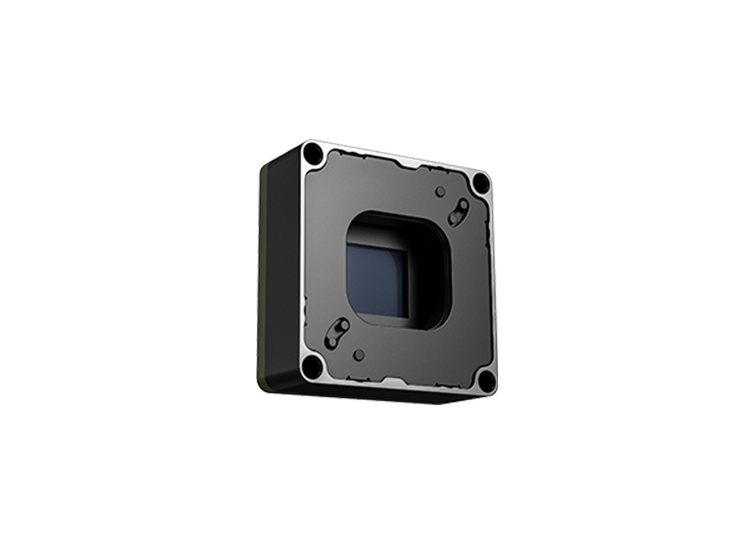Five Technical Factors to Consider Before Installing a Thermal Camera for a Car
2025/11/20Thermal imaging technology has revolutionized automotive safety and diagnostics, making it an essential tool for various applications. As businesses look to integrate car thermal imaging systems, understanding the technical factors that influence installation is critical. This article outlines five key considerations for companies planning to install a thermal camera for car applications.
1. Compatibility with Existing Vehicle Systems
One of the first factors to evaluate is how well the thermal camera integrates with the vehicle's existing systems. A thermal camera for car applications should work harmoniously with onboard diagnostics, safety features, and navigation systems. Ensuring compatibility reduces the risk of operational issues and enhances the overall user experience, allowing for seamless interaction between the thermal imaging system and other vehicle technologies.
2. Durability and Environmental Resistance
Thermal cameras for cars must be robust enough to withstand various environmental conditions. Exposure to extreme temperatures, moisture, dust, and vibrations can significantly affect performance. The Fireye series uncooled thermal modules are designed with superior shock and impact resistance. This durability ensures that the camera remains functional in diverse operating conditions, providing reliable performance across different environments.
3. Image Quality and Processing Efficiency
The effectiveness of a thermal camera for car applications largely depends on image quality. High-resolution imaging and efficient processing capabilities are essential for accurate diagnostics and monitoring. When selecting a thermal camera, consider factors such as resolution, frame rate, and the ability to compensate for energy drift. The Fireye series excels in these areas by integrating hardware and software seamlessly, ensuring that users receive clear and stable images vital for real-time decision-making.
4. Customization and Interface Options
Customization is another critical aspect when choosing a thermal camera for car installations. Different applications may require various specifications, such as lens selection and interface compatibility. A versatile thermal camera allows businesses to adapt the system to specific needs, enhancing its utility. The Fireye series offers customizable support for multiple interfaces and a variety of infrared lens options, catering to diverse operational scenarios.
5. Compliance with Industry Standards
Lastly, it’s essential to ensure that the thermal camera complies with relevant industry standards and regulations. This compliance not only guarantees that the camera meets safety and performance benchmarks but also facilitates smoother integration into existing systems. Understanding the regulatory landscape can help businesses avoid potential legal issues and ensure that their thermal imaging solutions are both effective and compliant.
At IRVOTEX, we understand the unique challenges and requirements that come with installing thermal cameras in automotive environments. Our Fireye series uncooled thermal modules are engineered with cutting-edge technology to provide exceptional performance under many condition. We pride ourselves on offering customizable solutions with multiple interface options and specifications for infrared lens selection, catering to diverse application scenarios. Trust us to help you navigate the complexities of car thermal imaging, ensuring you make an informed decision that enhances your operational capabilities.
 +86 (028) 8535 5966
+86 (028) 8535 5966 +86 17323184180
+86 17323184180 irvotex@votinfrared.com
irvotex@votinfrared.com

